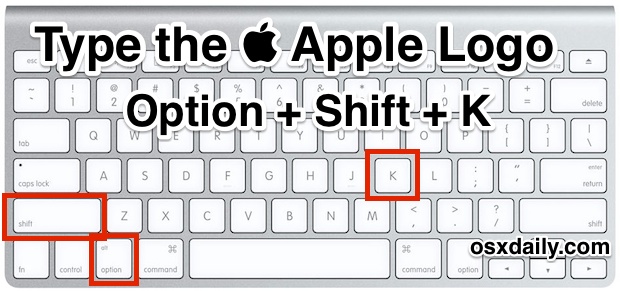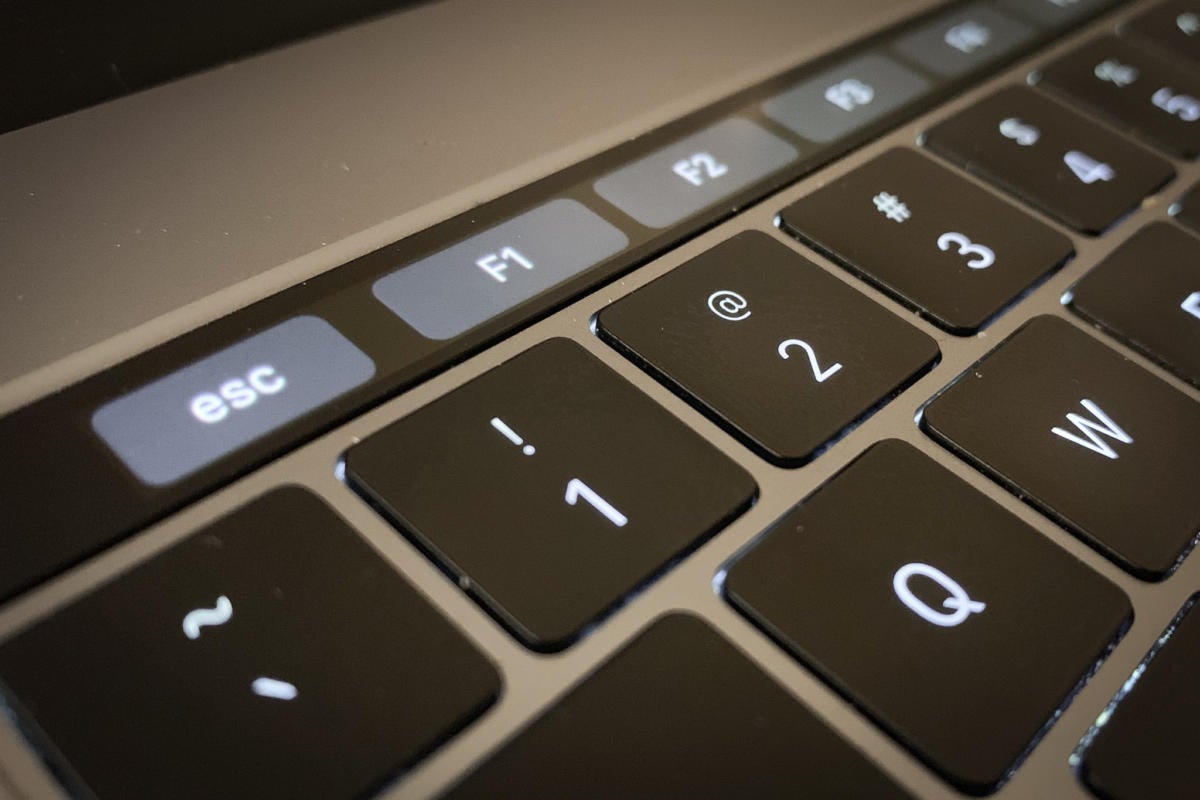

- MAC SHORTHAND SYMBOL FOR CONTROL MAC OS
- MAC SHORTHAND SYMBOL FOR CONTROL TRIAL
- MAC SHORTHAND SYMBOL FOR CONTROL FREE
Pressing Command-Control-Spacebar also shows the Character Viewer, albeit a more compact version of it. From there, you can navigate to the section you need, locate the emoji or symbol, and double-click on it to add it. To do that, click on the Input Sources menu bar item again, but this time, choose Show Emoji & Symbols. You can’t use Keyboard Viewer to type emojis or other symbols like pictographs. Select the keyboard you want to add from the list, and then press Add. To add another keyboard in System Preferences, click on the Input Sources tab and then press the “+” at the bottom of the left sidebar. However, you can change that, even when the virtual keyboard is on screen, by clicking on the Input Sources menu bar item and choosing another keyboard. If you have more than one it defaults to the one you selected in System Preferences. If you only have one keyboard listed in System Preferences, Keyboard Viewer will use that. So you can teach yourself, for example, that the degrees symbol ˚ is Option-k by pressing the Option key and scanning the virtual keyboard. If you press Shift, Control, Command, or Option, the virtual keys’ labels will change to show their alternative versions. In fact, the Keyboard Viewer virtual keyboard is a good way to discover where obscure characters are on the physical keyboard. If you want to click on alternative characters such as the ˚ or ® symbols, you can hold the Option key on your physical keyboard and select the symbol from the virtual keyboard. You can use Caps Lock to hold shifted characters while you select them. But you can only click on one button at once, so can’t select those characters. You can press the Shift or Option keys on the virtual keyboard and see the characters change to their shifted or alternative versions. Now you can click on any key on the virtual keyboard and it will place that character in a currently active document, web browser, or anything else that takes text input. If you want to turn it off, just click the Close button in the top-left corner of the keyboard. You will now see your virtual keyboard appear on the screen.
MAC SHORTHAND SYMBOL FOR CONTROL TRIAL
Once you’ve downloaded and installed the app (free trial available), launch CleanMyMac X, choose the Maintenance module in the sidebar and try out the tools on the list.
MAC SHORTHAND SYMBOL FOR CONTROL MAC OS
*Note: On versions older than Mac OS 10.10.3, the menu item is called Special Characters… instead of Emoji & Symbols.If your Mac’s keyboard is unresponsive or takes a long time to show characters on the screen, you can boost its performance using the Maintenance tools in CleanMyMac X. The custom shortcut will disappear and the default action will resume. To remove your custom shortcut, just click to highlight it in the main window of this preference pane, and click the – button at the bottom.



MAC SHORTHAND SYMBOL FOR CONTROL FREE
This will free the control-command-space combination for you to use as a specialized shortcut elsewhere. If there's not an item named Emoji & Symbols under All Applications, click the + button at the bottom, type or copy-paste Emoji & Symbols, and then enter a new keyboard shortcut (option-shift-command-t, or anything really). If there's an item named Emoji & Symbols* shown there, then click its shortcut combination and enter a new shortcut (such as option-shift-command-t, in this case). Toggle the All Applications category's triangle in the main window to point downward (if it's not open already). Open System Prefs / Keyboard / Shortcuts. If a desired key combination is losing precedence to a default shortcut that you don't use and can't easily disable, simply override it with a new, unobtrusive shortcut. You can create custom keyboard shortcuts for most app's menubar choices in System Preferences.


 0 kommentar(er)
0 kommentar(er)
